Should you launch a newsletter referral program?
A rewards program isn't a silver bullet for growth, and requires a lot of resources.
Every day, thousands of modern creators, writers, and journalists use email newsletters to engage with their audience, and all email newsletters have a common goal: To get more subscribers.
Whether the newsletter is free, paid, or both, the goal is the same.
Referral programs offer the potential to grow your mailing list and your customer base in a cost-effective way — but not all referral programs are created equal. The same type of referral program that worked for the newsletter giants like Morning Brew and TheSkimm is not the best option for all publishers.
By the end of this article, you'll have a good understanding of how newsletter referrals work, whether they are right for you, and the three different referral models for newsletters.
How newsletter referral programs work
Word-of-mouth marketing is arguably the most powerful and sought-after growth strategy there is in any industry. It works by pouring your efforts into creating something worth talking about and making your customers happy, then encouraging them to spread the word.
Referral programs are a system to enable and encourage word-of-mouth marketing by giving people an incentivized way to share what they love about your product.
How referrals compare to other marketing strategies
Newsletter writers are tapping into this growth strategy to attract new subscribers because it can be quite cost-effective compared to other types of marketing.
Running paid advertising campaigns is costly, SEO takes a lot of time and expertise and viral marketing is difficult to get right. Comparatively, a successful referral program can mostly run in the background like a well-oiled machine, while you focus on creating unique content.
Setting realistic goals
For most people, a referral program will be something that you devote a small amount of resources towards and will represent a small percentage of your overall subscribers.
However, it's not a silver bullet for growth, and it certainly won't work if you're not creating something worth sharing.
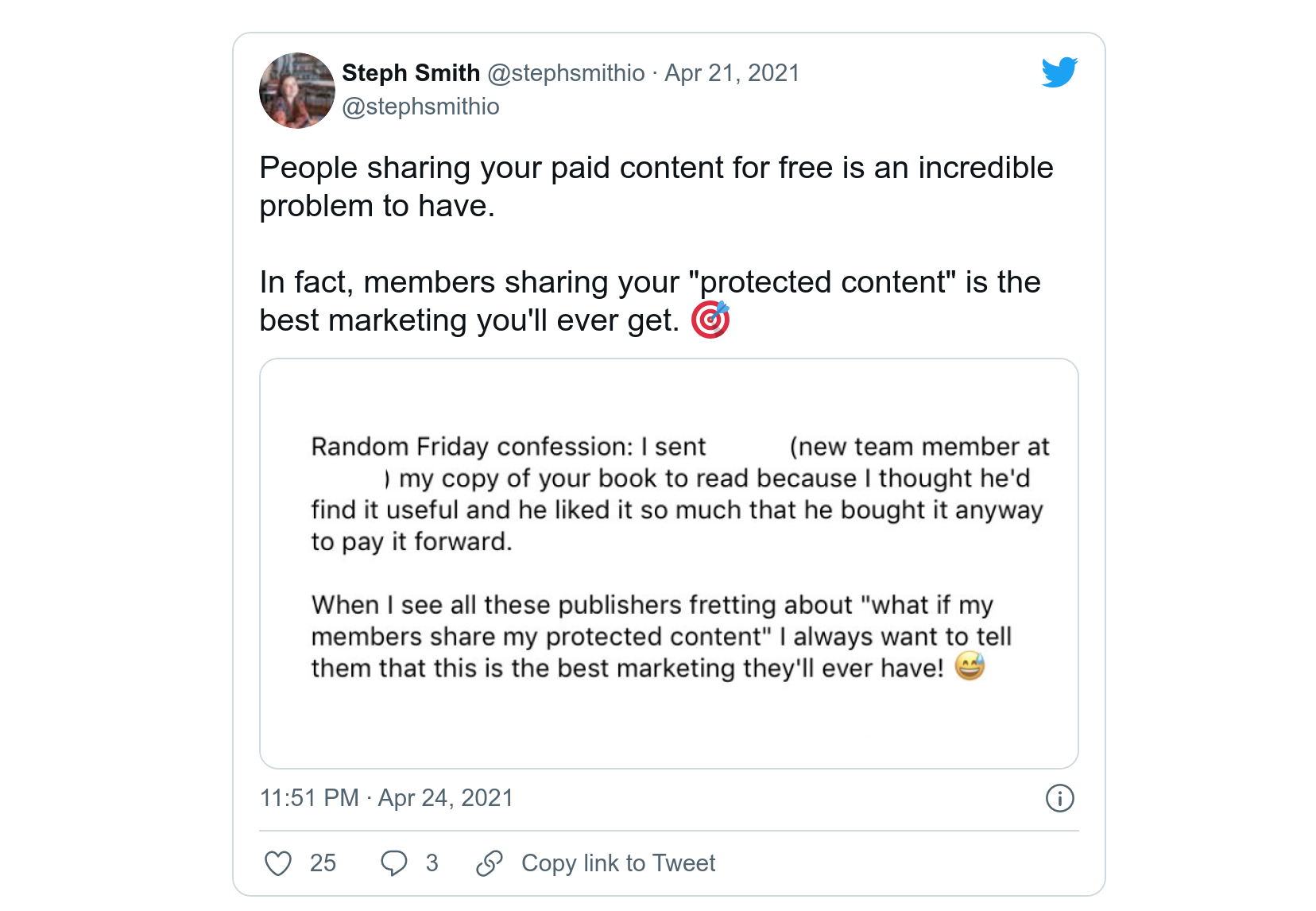
If you decide to experiment with a dedicated referral system, be prepared. You'll need to invest in software ($) and spend some time finding out what types of rewards work best for your audience.
Choosing the right type of referral program
The most common types of referral programs can be broken down into three categories based on the types of rewards they offer:
#1 — Physical rewards
The most well-known referral programs in the newsletter space give out physical rewards to their referrers when they hit certain milestones — stickers, mugs, shirts, and other merch.
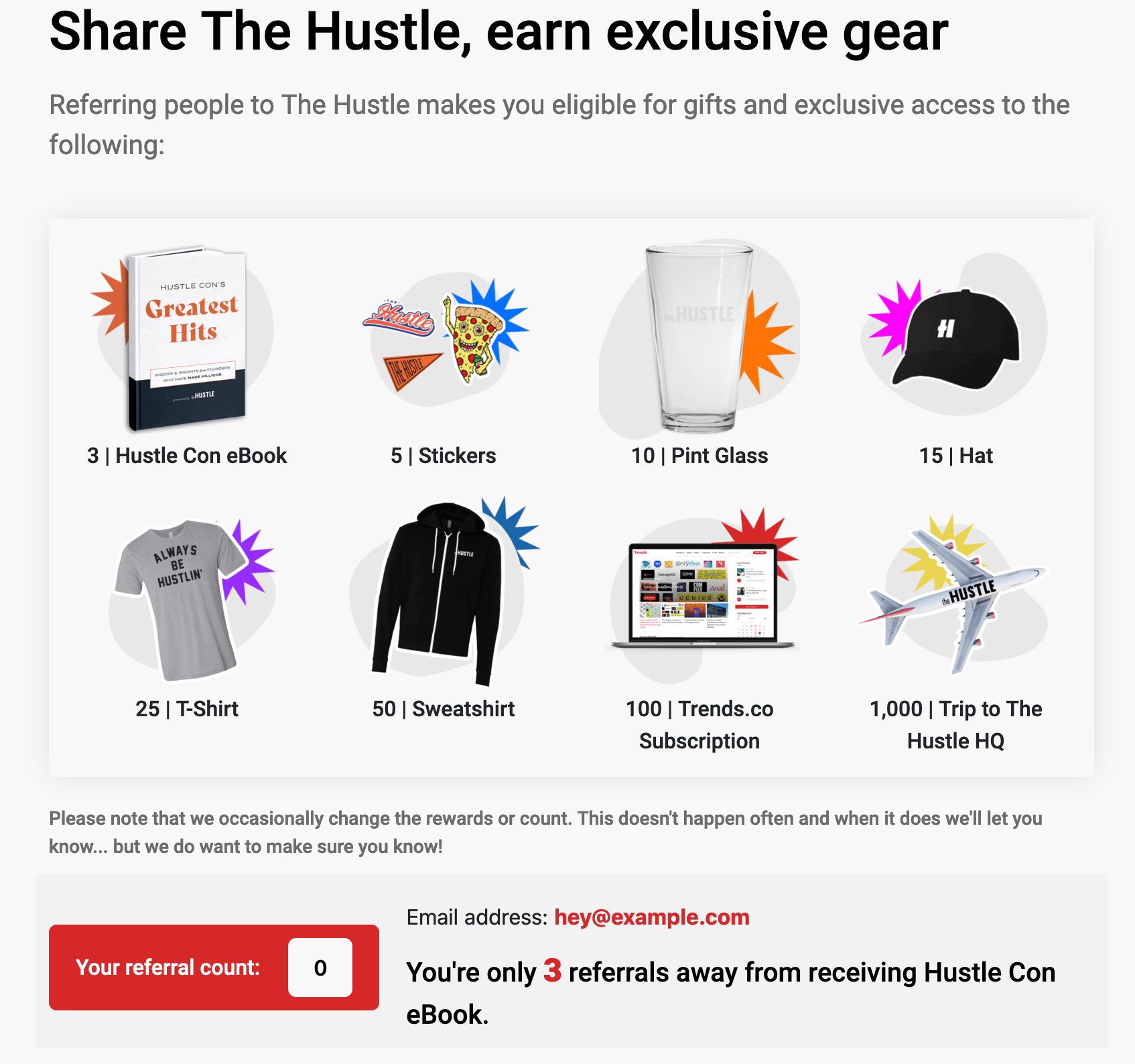
Physical rewards can be very effective. Morning Brew famously grew from 100,000 subscribers to 1.5 million in 18 months and The Hustle gained 300,000 subscribers in a few short months. Impressive. However, this type of program isn't necessarily a one-size-fits-all — in fact, it's likely not the best choice for most emerging publishers and creators.
Good fit: This is a proven method for newsletters that need to grow a free email list fast — and crucially — have capital and resources to back this type of incentive. Sourcing merch and shipping it around the world is time-consuming and expensive, so it's only suited for publishers who have space in their marketing budget.
Poor fit: Independent newsletters with minimal budget and resources. If this method seems appealing, first ask yourself: Do you really want to launch an entire drop shipping operation to grow your free subscriber list? Will that be cost-effective? Will it attract the right type of subscriber?
Tools required: Technically, any popular referral software will allow you to keep track of referrals using some sort of points or credits system that can be used for reward redemption. Some tools like Viral Loops are specifically built for reward-based programs, with tools that allow you to embed referral widgets directly in your emails.
Delivering physical rewards to your referrers comes with many other considerations — you'll need to organize your entire supply chain; find a supplier, negotiate the costs, and figure out how to handle shipping and support for missing items.
#2 — Monetary rewards
Monetary rewards have long been utilized by subscription software companies. This type of program is a great fit for premium publications and newsletters using the subscription commerce business model.
Types of monetary rewards:
- Recurring commissions — you pay a percentage of each referred customers subscription to the referral partner
- One-off payouts for each new referred customer
- Multiple-tier rewards where the referrer gets a % and the new customer gets a special offer — such as a discount coupon, or the first month free
- Instead of a direct payout, some programs offer credit or discounts instead. The more people they refer, their own subscription becomes free.
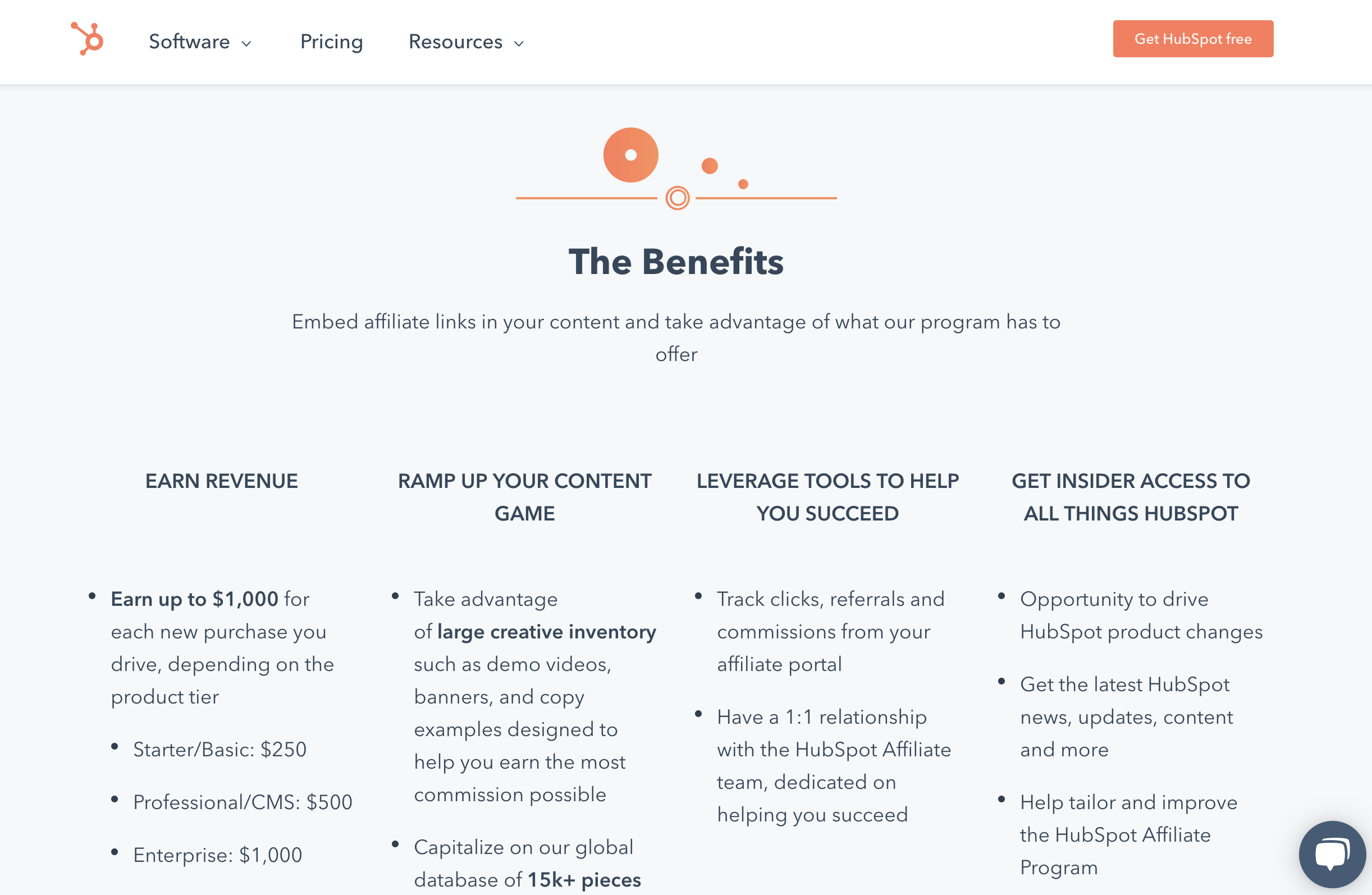
Although this type of referral program is less well-established in the realm of newsletters, it's already a proven method for subscription business in general.
Big tech companies like Dropbox and Airbnb used monetary rewards in the early days to grow a huge customer base, and pretty much every other software company you can think of has one, including us!
A major benefit is that these types of referral programs require little investment upfront. You only ever payout when new customers sign up. This model is designed to grow your revenue, rather than your top-of-funnel free subscriber list.
However, it can take some time to find the right referral partners. This method works best if you have customers who have an audience of their own, and there is good alignment for them to recommend your product to their audience.
Good fit: Paid publications and newsletters with an existing audience who are willing to go the extra mile to promote your work.
Poor fit: Free newsletters or emerging publications — this type of referral program works best once you're already established.
Tools required: This type of referral program needs to be connected to your billing platform. You'll also need to consider how payouts are handled, PayPal is most commonly used for this. The easiest route is to look for a suitable tool that offers direct integration with your newsletter platform.
Wondering how technical it is to launch a monetary rewards referral program? It doesn't have to be complex. For example, Ghost has a direct FirstPromoter integration which allows creators to set up a referral program with ease — no code required!
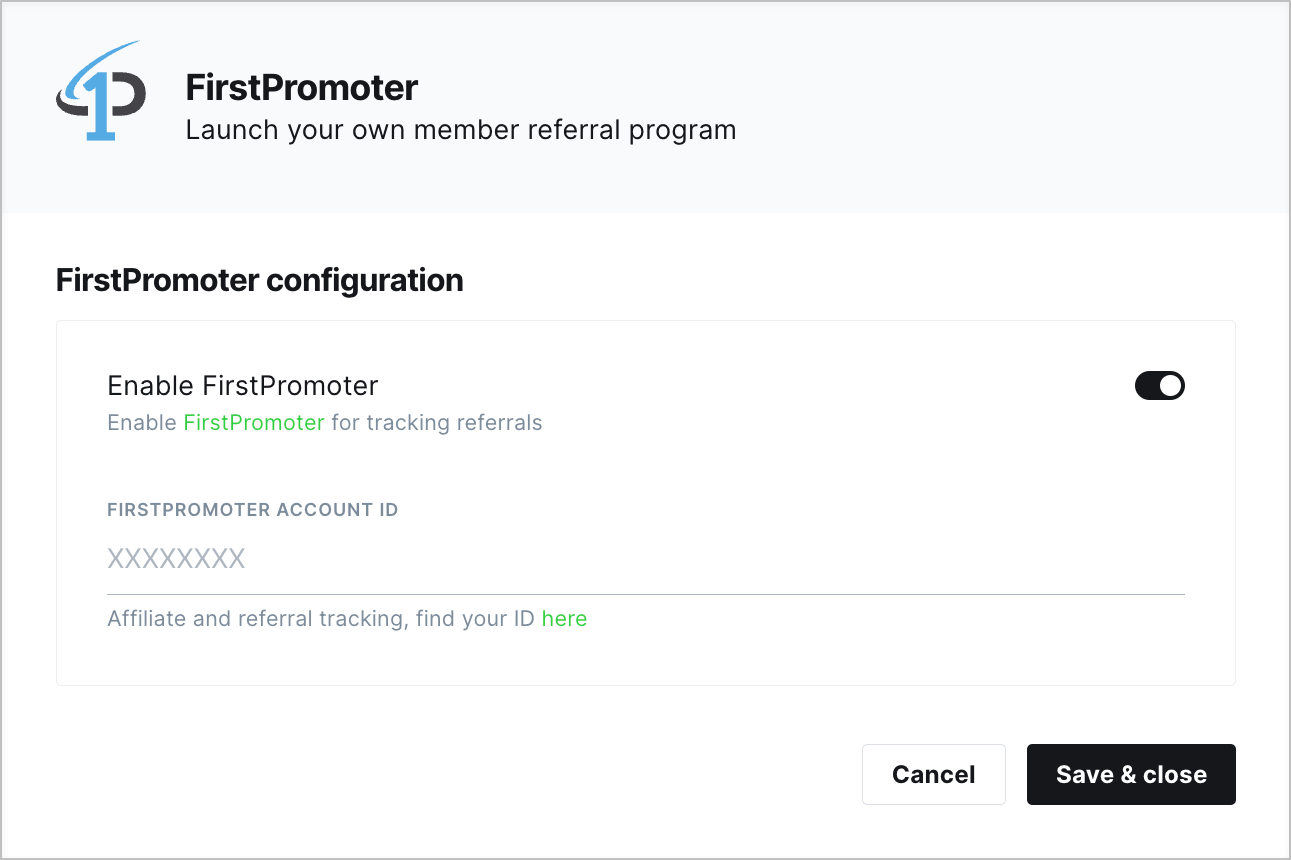
All you need to do is enter your FirstPromoter ID into Ghost Admin and then you can get started with customizing your referral campaign rewards and invite your audience to participate.
#3 — Benefit rewards
The third model is to offer rewards that are neither monetary nor physical items. Benefit rewards for an email newsletter can take many forms, for example:
- Access to exclusive or premium content
- Invites to private or paid events, webinars, or podcasts
- Free download of an eBook, or access to a course
- Access to a private community or Facebook group
- 1:1 calls or consultations
- Shoutouts in your newsletter
- Discounts or coupons for products you sell.
Benefits can also be combined with other rewards, for example, Morning Brew's program combines swag with premium content and community access.
The Hustle asks readers to share for the chance to access an entire book full of business tips and tricks for founders:
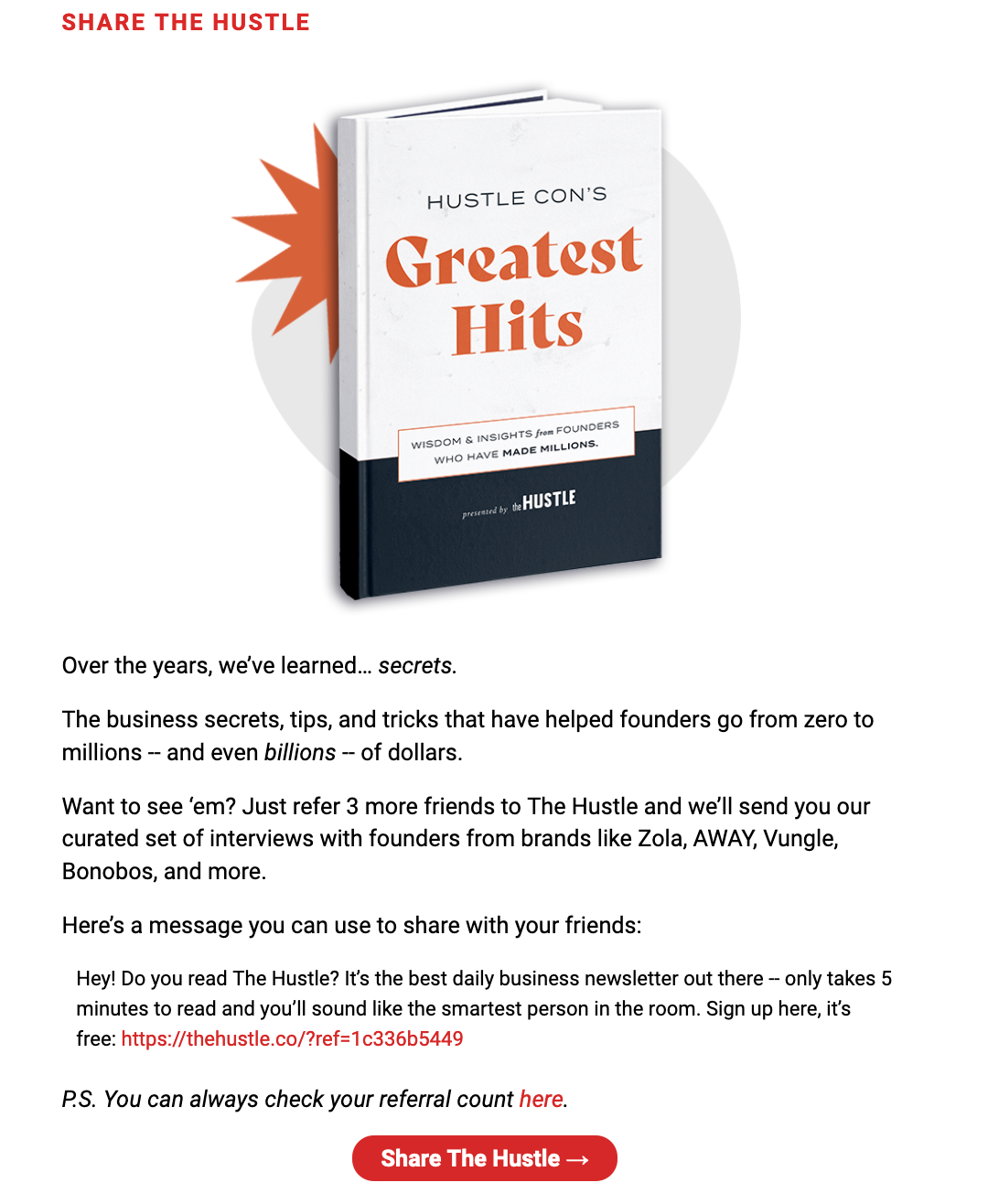
Good fit: These rewards are a great option for publishers with a limited budget and an active audience, who have existing products to offer, like communities, podcasts, courses, videos, and downloads.
Poor fit: If you don't have a community, an ebook, a podcast, or additional things that you can offer as an incentive, then you'd probably want to start by creating those things first, to see if it works for your audience.
Tools required: Any capable referral software will enable you to track how many referrals each subscriber makes, and set specific benefit tiers.
Beyond that, you'd also need to think about the tools required to host and deliver those benefits, but there are plenty of options out there for hosting communities, ebooks, webinars, and podcasts.
Measuring success
Set some ambitious goals so that you can track your referral program metrics over time. All popular referral tools will show you the most common metrics in their reports, such as number of clicks, number of new referrals, number of new customers, and revenue generated.

Wrapping up
Using the voices of your existing audience to attract new subscribers is like crowdsourcing your marketing efforts while giving something back via rewards. When it's done right, it's a smart and scalable method to grow an email newsletter.






